The fermentation room is required to be clean and hygienic, with good heat insulation to reduce air-conditioning loss, and the temperature is generally controlled at 5℃~6℃. The wall and floor of the fermentation room should be easy to clean, and the floor should maintain a certain slope to facilitate drainage. The ceiling is waterproof and mold proof. The pre-fermentation adopts an open or closed fermentation container. The fermentation container has two types, round or square, and is mostly made of metal, wood or concrete.
3.Phenomena and requirements of the pre-(main) fermentation process
Pre-fermentation is also called main fermentation, referred to as pre-fermentation. The pre-fermentation stage is the stage of yeast reproduction. Yeast utilizes sugars in wort, α-amino nitrogen, and dissolved oxygen in wort to obtain bioenergy through respiration, and yeast cells multiply in large numbers. At this stage, the rate of hypoglycemic reduction in the fermentation broth was slow, the α-amino nitrogen was rapidly assimilated, and the yeast cell density gradually increased. With the progress of yeast cell respiration, the dissolved oxygen in the wort is quickly consumed, and the fermentation broth enters the fermentation stage. At this time, the speed of reducing sugar in the fermented liquid is accelerated, and the heat released will increase the temperature of the wine, which needs to be cooled. After reaching a certain degree of fermentation, the yeast begins to coagulate and precipitate, the density of the yeast suspended in the wine liquid gradually decreases, the speed of sugar reduction slows down, and the liquid surface forms a bubble cap. After skimming off the bubble cap, the wine can be served in the post-fermentation storage tank to start post-fermentation. Before drinking, the yeast should be recovered, and the yeast can be used for production after being processed.
Now the traditional 12°P wort low temperature fermentation process is briefly described as follows:
(1) Cool the wort to the inoculation temperature of about 9℃. After part of the wort flows into the yeast breeding tank, add the required yeast, the amount of which is about 1% of the wort volume. Yeast can also be added to the cold wort in the pipeline with a dosing pump. With this way of adding yeast, the yeast is fully mixed with the wort, and the wort rises faster.
(2) The sterile air passes through the special oxygenation equipment to make the oxygen dispersed finely, and fully mixes with the wort in the pipeline to make the oxygen evenly dispersed in the wort. Wort ventilation and wort cooling are carried out simultaneously. The dissolved oxygen content of the inoculated wort should be controlled at about 8 mg/L.
(3) After adding yeast, add wort to the breeding tank until the tank is full. The wort liquid level should be 30cm away from the upper mouth of the breeding pond to prevent overflow.
(4) After about 20 hours of yeast propagation, a layer of white foam will form on the surface of the wort. At this time, the operation of tank inversion is performed, and the fermented liquid is pumped from the breeding tank into the fermentation tank. Through the tank inversion, impurities such as dead yeast cells, protein coagulation and hop resin that settle at the bottom of the breeding tank can be separated.
(5) After the tank is poured, all the dissolved oxygen in the wort has been consumed by the yeast, and the yeast starts to perform anaerobic fermentation. After that, the temperature of the fermented liquid and the situation of reducing sugar should be checked regularly.
(6) After about 2 to 3 days of fermentation, the temperature of the fermentation broth rises to the specified maximum fermentation temperature, and the fermentation enters a vigorous period. this issue
The speed of sugar reduction is fast, the apparent sugar content drops by 1.5% to 2.0% every day, and the temperature rises gradually. The ice water (about 2℃) should be turned on in time, and the temperature should be controlled for 2 to 3 days according to the process requirements.
According to the superficial phenomena of previous (main) fermentation, preceding (main) fermentation can be divided into 3 stages, and concrete situation is described as follows: (1) low bubble period. After 15-20 hours of inoculation, white foam appeared around the fermentation tank and expanded to the middle of the tank. At this point, the fermented liquid tank is introduced into the main fermentation tank. After pouring into the pool for 4~5 hours, the foam gradually thickens, white and dense, and swarms into the middle from all sides. This stage lasts for 2 to 3 days, that is, it enters the high foaming stage. During this period, the temperature rises by 0.9℃ to 1.0℃ per day, and the blood sugar drops by an average of 1°P per day, without artificial cooling. (2) High bubble period. In the vigorous period of fermentation, after 2-3 days of fermentation, the foam can reach 25-30cm, and the product temperature can reach as high as 9℃. Pay attention to cooling. The surface of the wine gradually turns brownish yellow due to the precipitation of hop resin and protein-tannin complexes. The high bubble period generally lasts for 2 to 3 days, and the daily blood sugar reduction is about 1.5°P. (3) Foaming period. After 5 days of fermentation, the fermentation power gradually weakened, the carbon dioxide bubbles decreased, the foam retracted, the precipitates in the wine increased, and the foam changed from brown to brown. The bubble drop period generally lasts about 2 days. When the sugar content drops to 4.0~4.2°P, the temperature can be lowered, and the wine serving operation can be carried out when it reaches 5℃. Before drinking, you should pay attention to one problem, that is, the foam retracts and forms a layer of bubble cover on the liquid surface. It is composed of foam, protein-polyphenol compound, hop resin, yeast cells and other impurities, which should be skimmed in time , to prevent sinking into the wine.
Shandong Zeren Machinery Equipment Co., Ltd. is an equipment manufacturer focusing on biological fermentation industry
Copyright © Shandong Zeren Machinery Equipment Co., Ltd. All Rights Reserved |
Sitemap
| Technical Support:

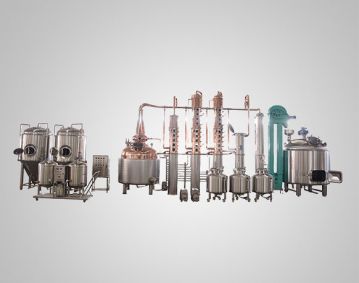 1500L Vodka Distiller
1500L Vodka Distiller
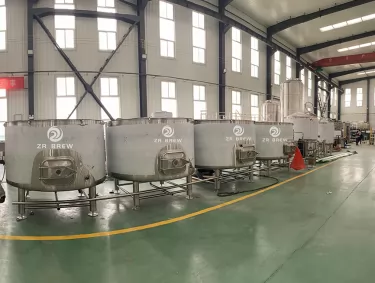 Kambucha Brewing Equipment
Kambucha Brewing Equipment
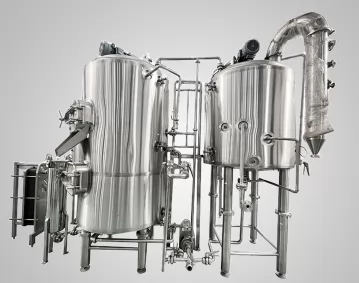 500L Nano Brewing Equipment
500L Nano Brewing Equipment
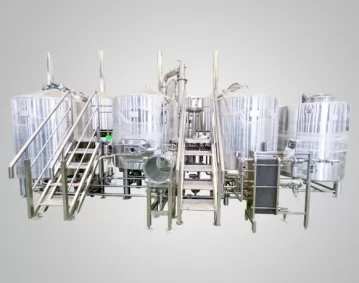 1000l 4 vessels beer brewing equipment system
1000l 4 vessels beer brewing equipment system
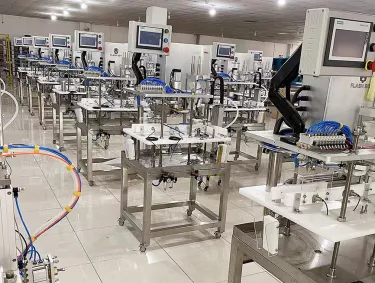 Semi-auto Can Washing & Filling & Capping Machine
Semi-auto Can Washing & Filling & Capping Machine
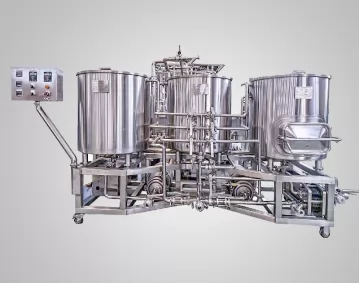 150L home brewery
150L home brewery
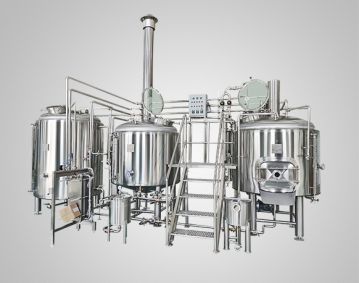 1000L brewery equipment
1000L brewery equipment
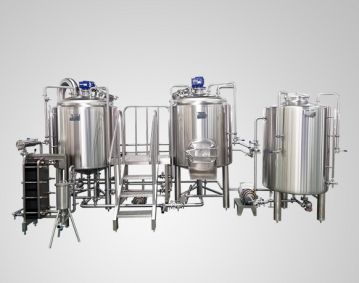 500L Brewery Equipment
500L Brewery Equipment
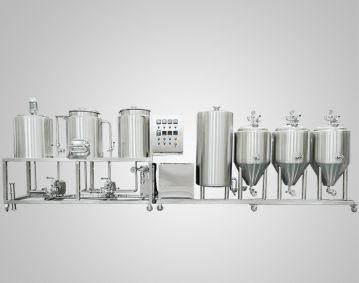 150L home brewing equipment
150L home brewing equipment
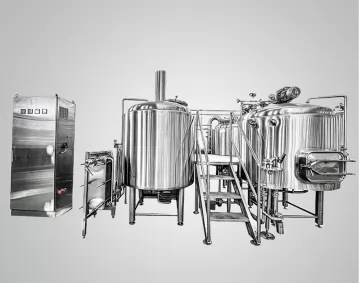 1500L 4 Vessle Brewery Equipment
1500L 4 Vessle Brewery Equipment
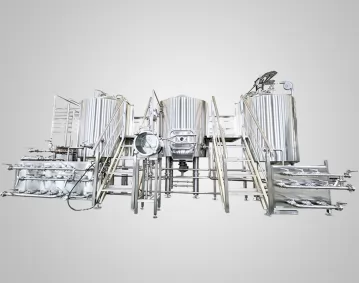 1000L Brewery Equipment
1000L Brewery Equipment
 50L small brewery
50L small brewery
 100L home brewery
100L home brewery
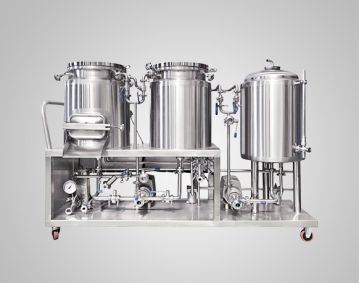 100L home brewing equipment
100L home brewing equipment
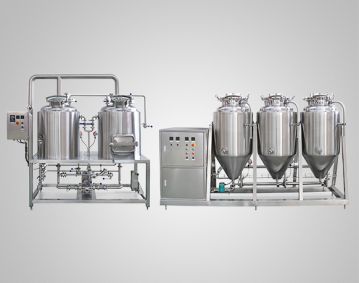 60L home brewing equipment
60L home brewing equipment
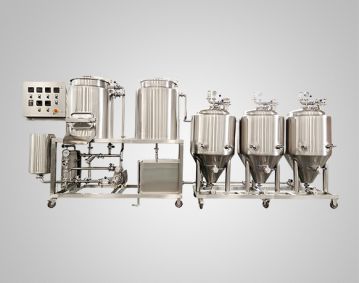 50L/100L home brewing equipment
50L/100L home brewing equipment
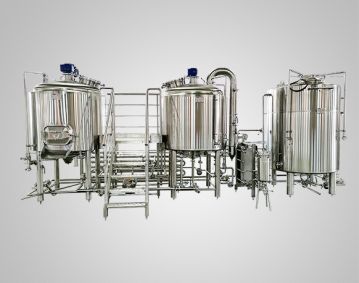 800L Brewery Equipment
800L Brewery Equipment
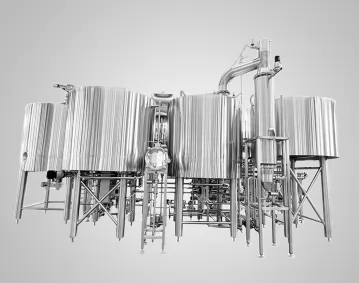 2500L Turnkey Brewery
2500L Turnkey Brewery
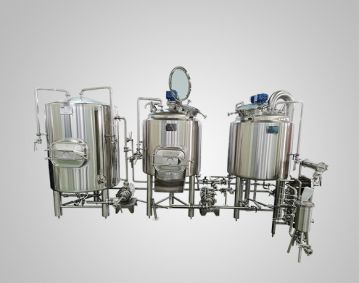 300L brewery equipment
300L brewery equipment
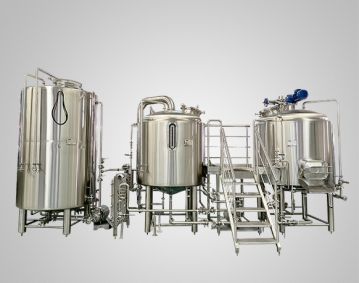 1000L brewery equipment
1000L brewery equipment
 50L home brewing equipment
50L home brewing equipment
